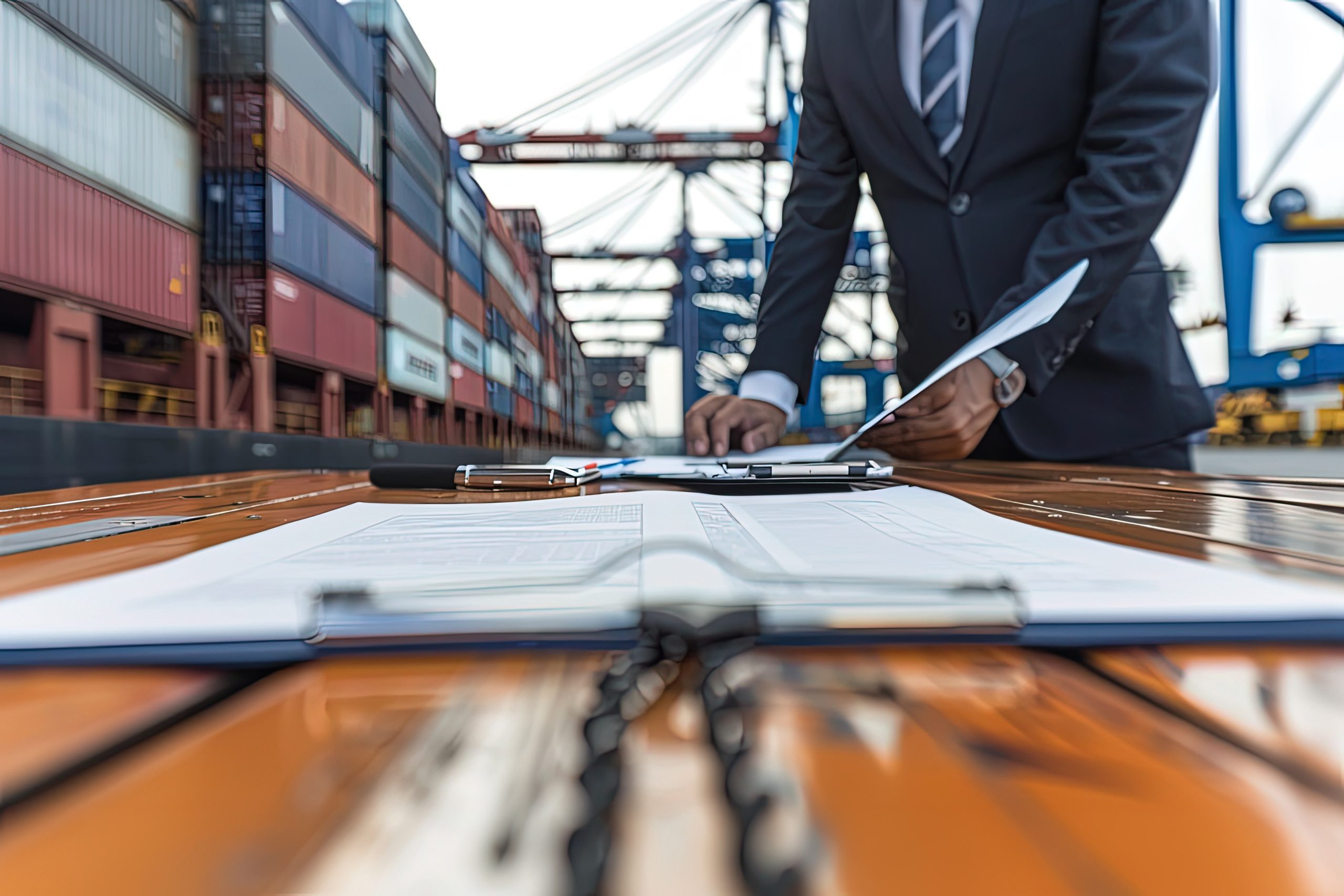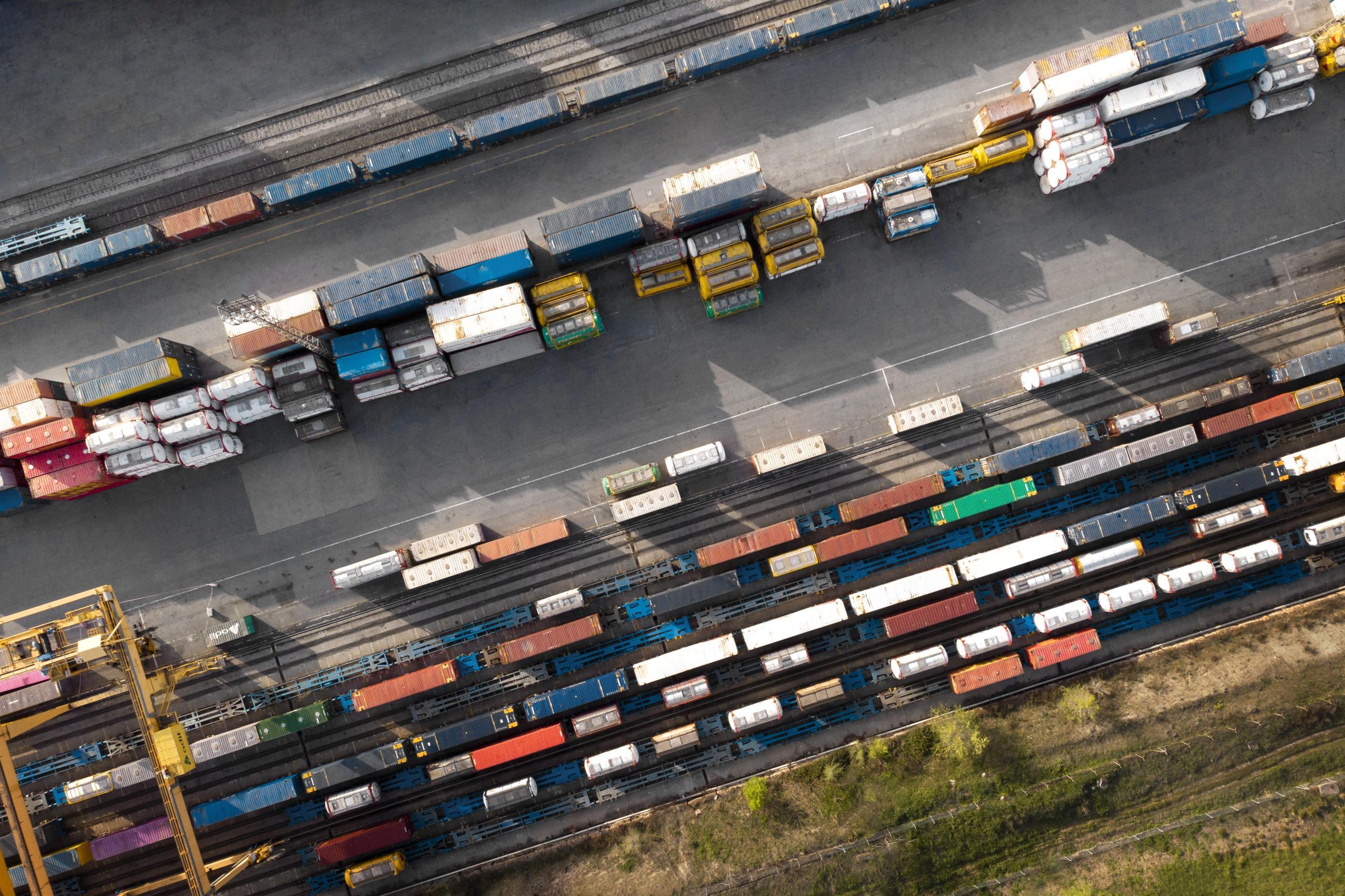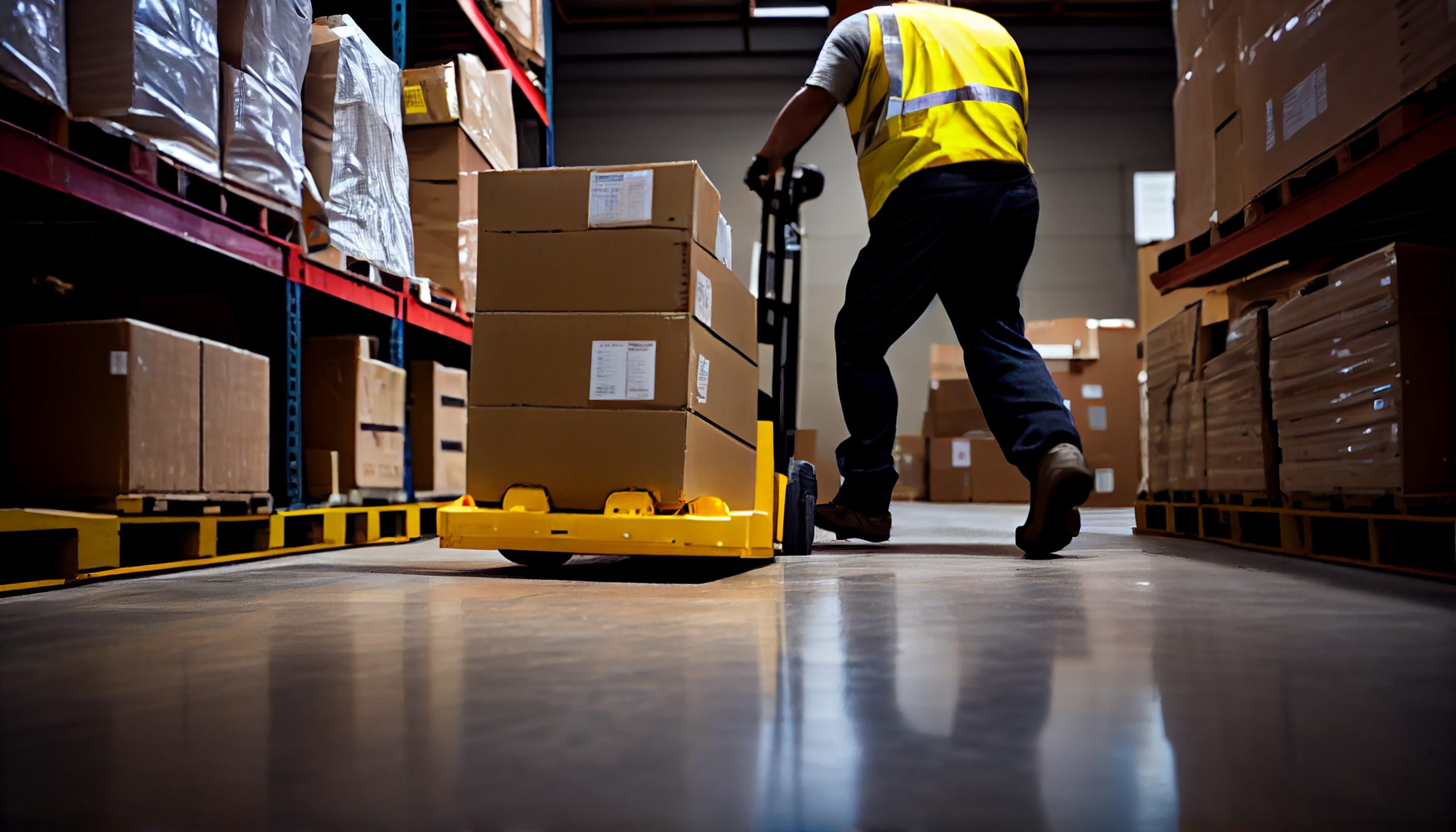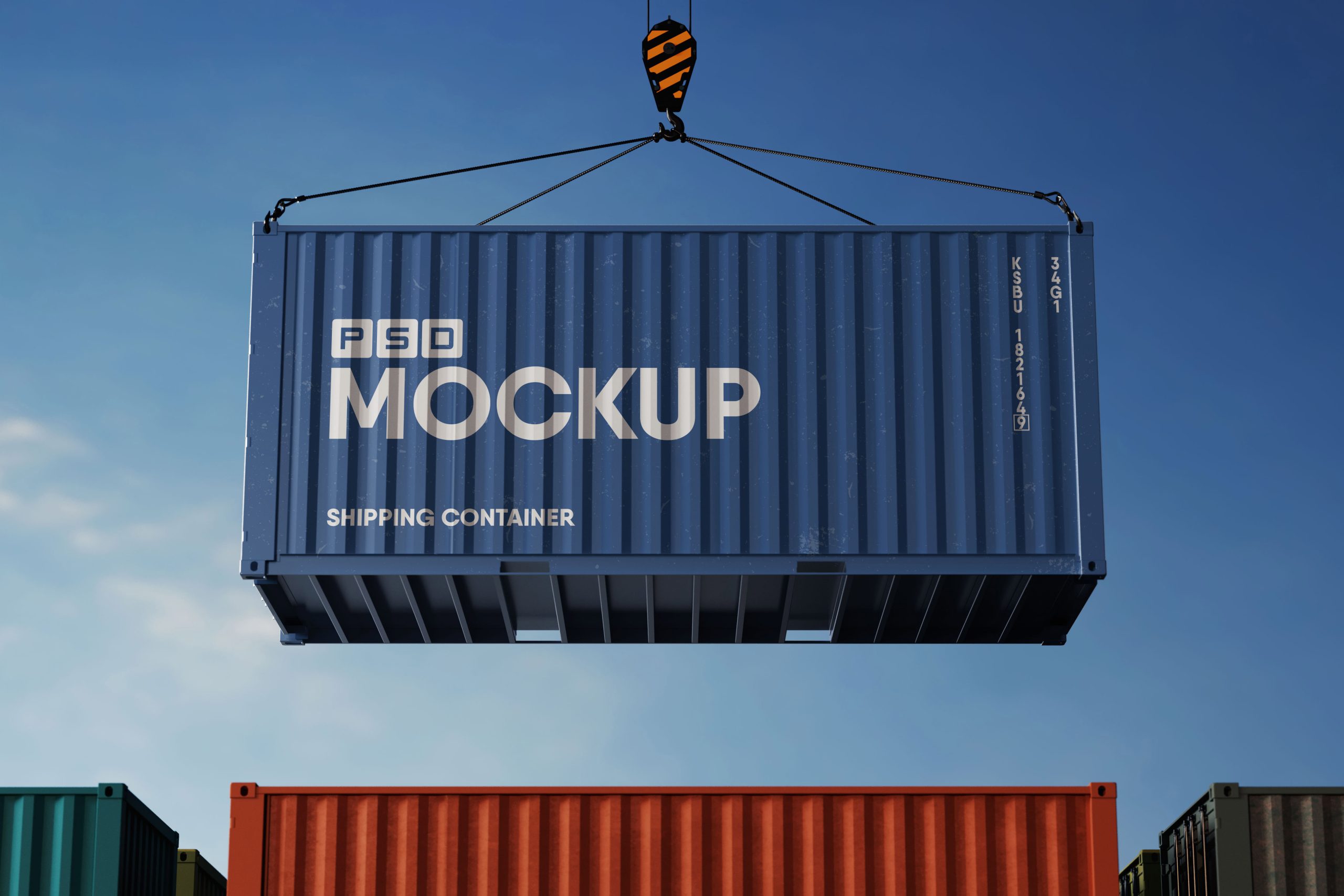Customs clearance is a critical yet often time-consuming aspect of international shipping. Navigating customs regulations, completing necessary documentation, and ensuring compliance can result in delays and added costs if not handled efficiently. However, advancements in technology and automation are transforming the customs process, making it faster, more accurate, and less complex. This blog explores how technology is streamlining customs clearance for international shipping and how businesses can benefit.
Automated Customs Declarations
Simplifying Documentation
One of the most significant technological advancements in customs clearance is the automation of customs declarations. Traditionally, preparing the necessary documents required for customs clearance—such as the Bill of Lading, commercial invoices, and certificates of origin—was a manual and error-prone process. Automated systems now allow businesses to submit digital customs declarations directly to customs authorities, minimizing the risk of errors and expediting the process.
Benefit: Automation ensures that declarations are completed accurately and quickly, reducing the chances of costly delays due to incorrect or incomplete documentation.
Real-Time Data Integration
Enhancing Visibility and Accuracy
Real-time data integration tools allow for seamless communication between different systems in the supply chain, ensuring that the most up-to-date information is available for customs authorities. By integrating data from various sources—such as shipping, inventory, and trade compliance systems—customs officers can access all relevant information in one place. This not only simplifies the process but also helps authorities verify the accuracy of the data in real-time.
Benefit: Real-time data integration reduces the need for manual data entry, improving the accuracy and speed of customs clearance.
Blockchain Technology
Ensuring Transparency and Security
Blockchain technology is making waves in international trade and customs clearance by providing a secure and transparent platform for recording and sharing information. Blockchain creates an immutable ledger of all transactions and shipments, ensuring that all parties involved in the supply chain can access accurate, real-time data. This transparency helps customs officials verify the authenticity of shipments, improving trust and reducing the risk of fraud.
Benefit: Blockchain enhances security and trust in customs clearance processes, making it easier for businesses to comply with regulations while minimizing the risk of delays.
AI and Machine Learning for Risk Assessment
Faster and More Accurate Inspections
Artificial Intelligence (AI) and machine learning are being used by customs authorities to conduct risk assessments more efficiently. By analyzing historical shipment data and identifying patterns, AI-powered systems can determine which shipments are low risk and which may require closer inspection. This allows customs officials to focus their efforts on high-risk shipments, speeding up the clearance process for compliant goods.
Benefit: AI-driven risk assessment enables faster customs clearance by reducing the need for unnecessary inspections and streamlining the process for low-risk shipments.
Electronic Data Interchange (EDI)
Speeding Up Communication
Electronic Data Interchange (EDI) is a technology that allows businesses to transmit customs documents electronically to customs authorities and other stakeholders in the supply chain. EDI eliminates the need for paper-based processes, enabling faster and more efficient communication between shippers, carriers, and customs agencies. This technology has become a standard in many countries and helps ensure that customs documentation is submitted and processed quickly.
Benefit: EDI reduces the time it takes to submit and process customs documentation, leading to faster customs clearance and lower costs.
Conclusion
Advanced technology is revolutionizing the customs clearance process, making international shipping more efficient, transparent, and cost-effective. From automated customs declarations and real-time data integration to AI-driven risk assessments and blockchain transparency, these innovations are simplifying complex customs procedures and helping businesses navigate international trade with ease.
At Transnova Logistics, our mission is to help you maximize efficiency and drive growth through superior logistics solutions. Our modern warehouses, cutting-edge technology, and dedicated team provide the support you need to manage your inventory effectively and focus on expanding your business. With flexible storage options, customized solutions, and robust inventory management tools, Transnova is your partner in achieving logistical excellence.









